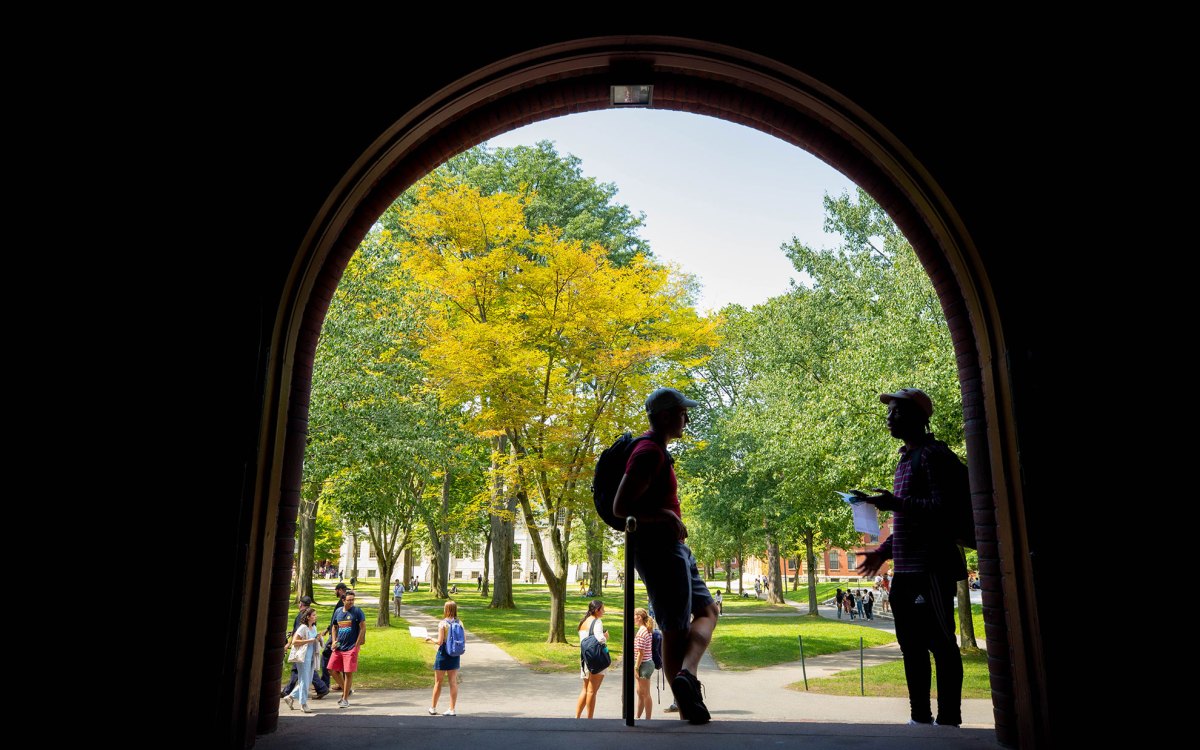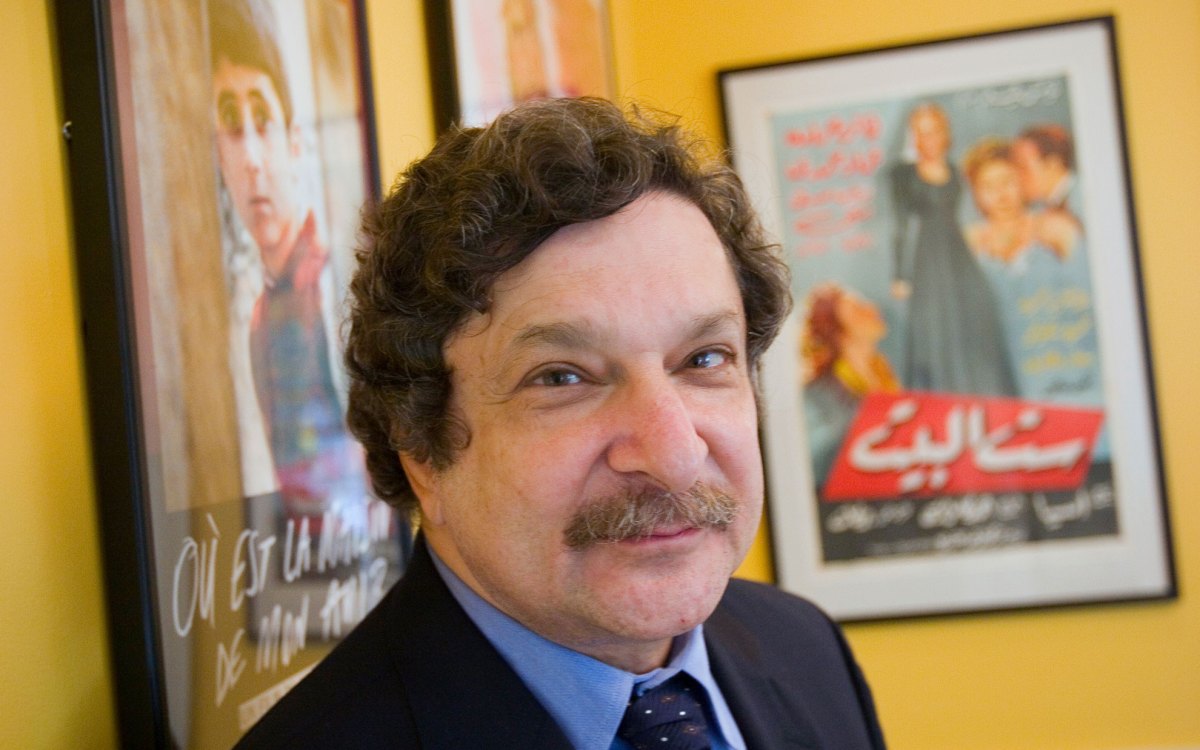Statement of President Neil L. Rudenstine On Contingent Workforce Issues
Harvard is committed to providing fair and competitive compensation and a favorable working environment for all its employees. For the vast majority of our regular employees, we meet and exceed these standards. All of our full-time, regular employees earn more than $10 an hour in total compensation; all receive generous benefits; and all have access to various facilities and activities in the larger University community.
For those who work for the University on a temporary or part-time basis or are the employees of outside contractors, consistent standards and guidelines across different job categories are more difficult to define. I thus take very seriously the concerns expressed by the students, faculty, and alumni who have raised questions concerning workers who are in the lowest-paid categories at the University.
For these reasons, one year ago I appointed an Ad Hoc Committee on Employment Policies, consisting of faculty and senior staff from across the University, and chaired by Business School professor and labor expert Quinn Mills. I asked the committee to focus on all relevant information and analyses, while giving special attention to the University’s current policies with regard to its contingent workforce those who work on a temporary or part-time basis and those who are employees of outside contractors who provide services on our campus. In carrying out its charge, I asked the committee to conduct a thorough and independent analysis, including demographics, total compensation, and types of jobs in light of Harvard’s existing policies and relevant external markets. I also asked that the committee bear in mind the University’s contractual obligations with unions, which are arrived at through the process of collective bargaining, in making its recommendations.
I am told by Professor Mills that the full committee has met 16 times and that various subcommittees have met additionally on specific topics. I also understand that committee members have met on a n umber of different occasions as recently as this week with students and others concerned with the “living wage” issue. I am told that the committee’s analysis of issues relating to the contingent work force has included extensive fact-finding concerning employment policies, practices, and conditions at the University (and including other relevant employers), as well as surveys of University employees and companies that perform contracting services. I also understand that the committee has considered a wide range of recommendations concerning wages, benefits, working conditions, and education and training for various categories of workers. This process has understandably taken considerable time.
I have every reason to believe that this will turn out to be time well spent. I fully expect that this report will give us an exceptionally detailed picture of various aspects of employment at Harvard, particularly among the lowest-wage workers. And I have full confidence in the ability of the faculty and staff who serve on the committee to make appropriate recommendations for change where change is needed or desirable. I am told that we can expect a report and recommendations from the committee before the end of this spring term.
After I receive the report, I intend to circulate it within the University, so that there can be an opportunity for comment before final action. Meanwhile, I believe it is essential that we afford the committee the opportunity to complete its work, and that all of us examine its analysis and recommendations very carefully when the report is presented.
Fact Sheet: Employment at Harvard University
(Figures as of December 31, 1999)
- Harvard University employs 12,722 regular employees, including faculty, administrative and professional staff, clerical and technical employees, and service and trades workers. Of these, 12,458 employees work more than half time and receive University- ;subsidized benefits.
- Harvard offers a generous benefit package including: pension, paid time off, health and dental insurance, life insurance, short- and long-term disability, retiree health, subsidized childcare, adoption assistance, pre-tax benefits for childcare and medical expenses, subsidized T-passes and parking, subsidized education programs, employee discounts, and admission to Harvard libraries, museums, and athletic facilities. Benefits increase total compensation for each worker by an average of 25%.
- 4,985 of Harvards employees or 39% of the workforce are unionized, with wages and benefits set by collective bargaining agreements. Among the unionized employees, Harvard employs 264 part-time employees, called “limited regulars,” who work 20 hours a week or less and receive social security, workers compensation, and unemployment compensation.
- Of Harvards total regular and limited regular staff of 12,722 employees, 372 or 2.9% of the workforce earn less than $10 per hour. These workers are all represented by unions. When benefits are factored in, 194 of Harvards 12,722 employees, all of them part-time, earn a total hourly compensation of less than $10.
- In addition to its regular workforce, Harvard employs, in any given pay period, between 1,200 and 1,500 “casual” or temporary workers who work less than half time or for periods of less than 3 months. Based on a recent survey, three quarters of these workers are students, retirees, or people supplementing income from other jobs. Less than one quarter of casual workers regard their Harvard employment as their primary source of income.
- Harvard estimates that in fiscal ’99 approximately 2000 employees of outside companies worked on campus in service jobs dining, custodial, security, and parking. Many of these workers are represented by unions. A recent analysis i ndicates that fewer than a quarter of these contracted employees earn wages of less than $10 an hour. Total compensation for these workers is not known.
- In April 1999, President Neil L. Rudenstine appointed a University-wide committee, chaired by Business School professor and labor expert Quinn Mills, to conduct a thorough analysis of employment issues at Harvard with particular focus on service workers. It is expected that the Committee will issue its report and recommendations before the end of this spring term.




